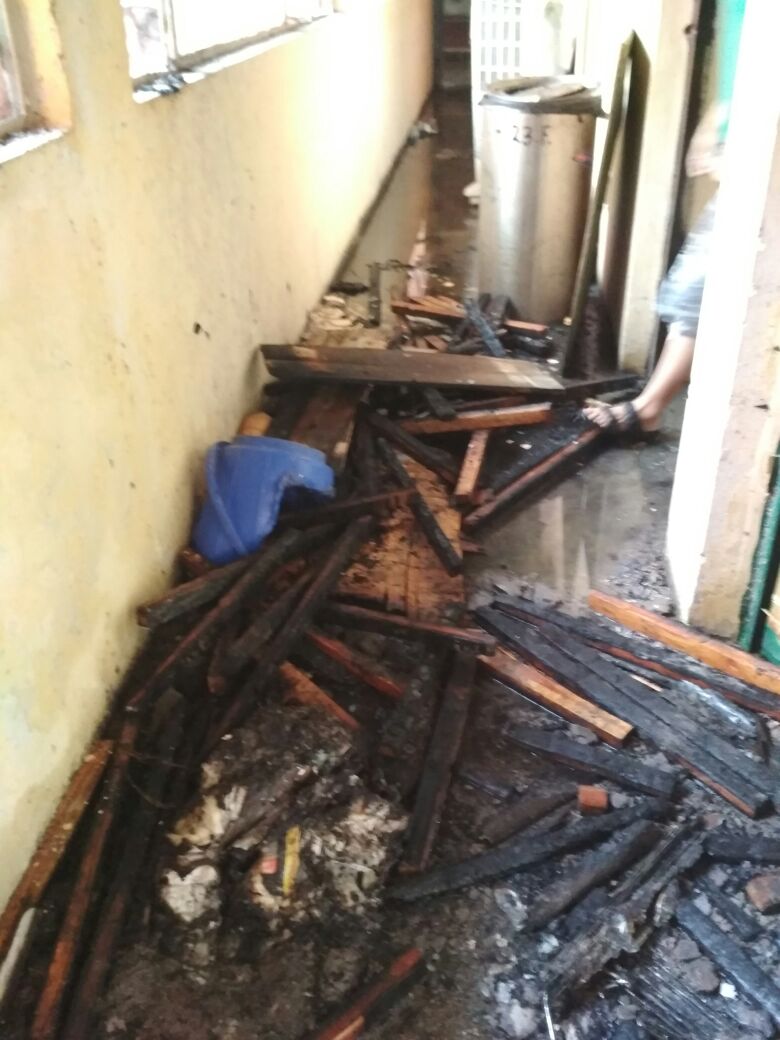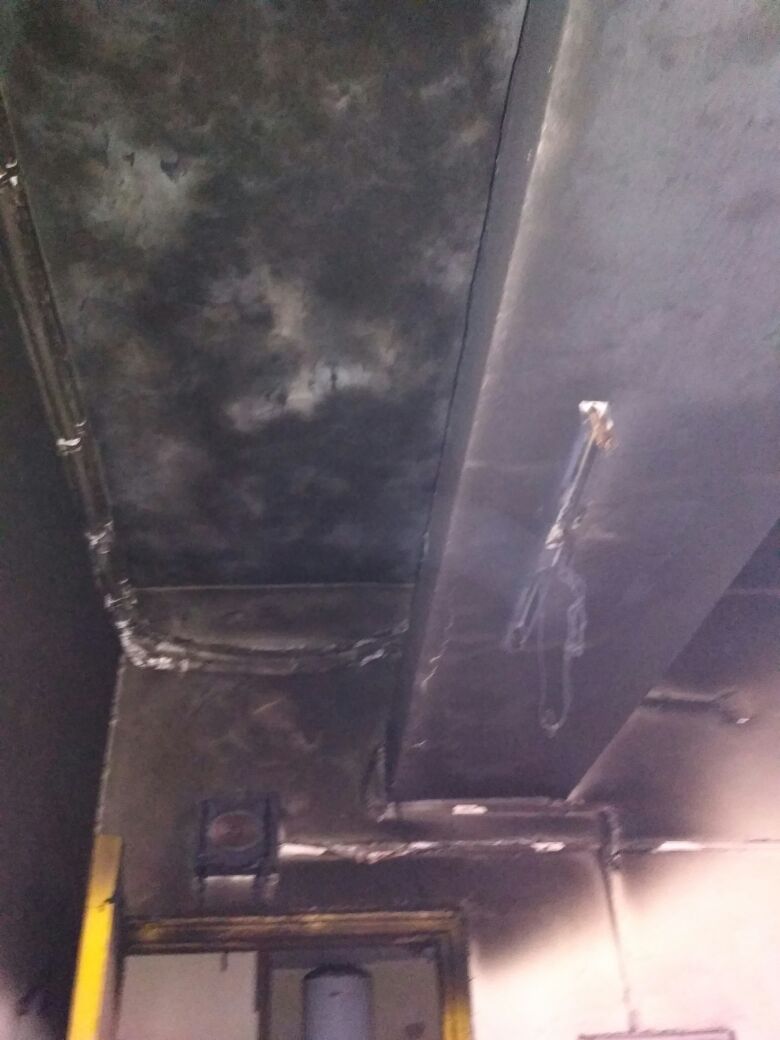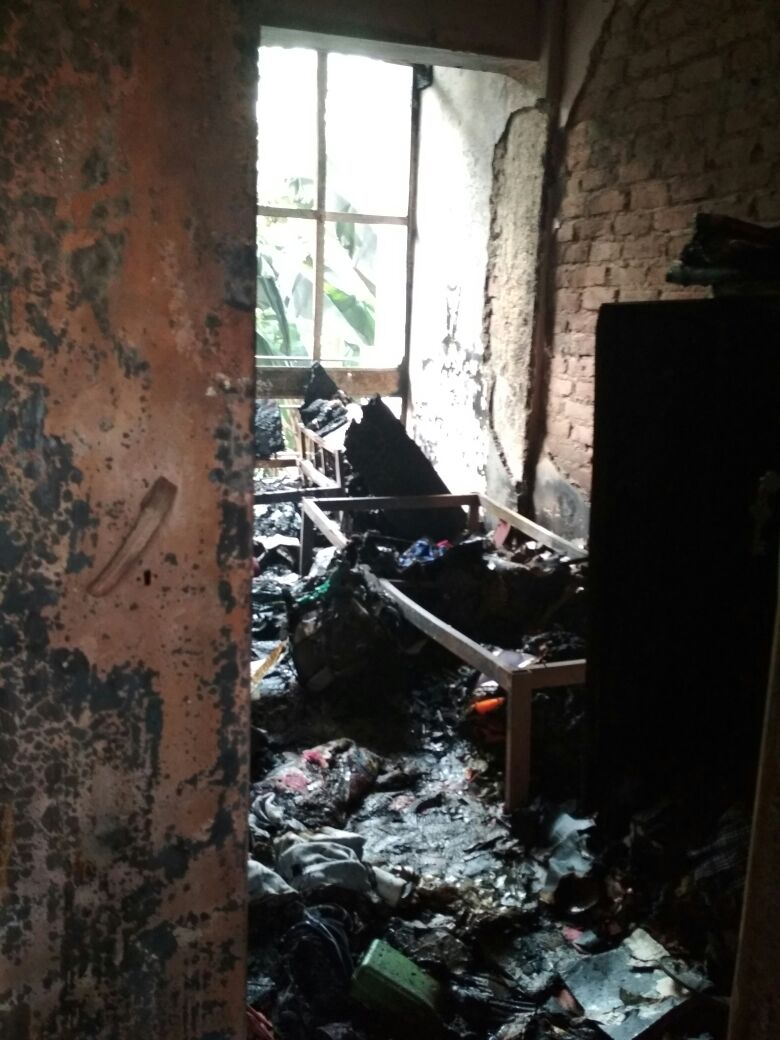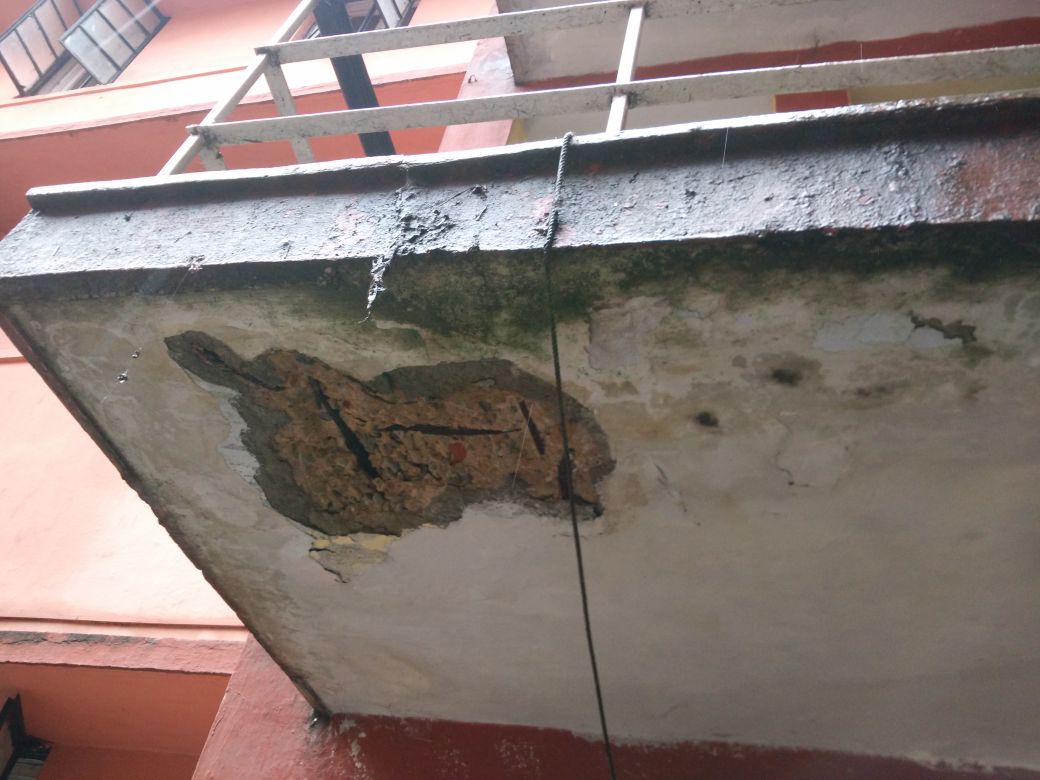Students of School of Planning and Architecture, Delhi went on strike, after a fire broke out in girls hostel due to short circuit. Students demanded better safety, security, and facilities at the hostel.
Letters sent to the authorities:
Second year student at SPA, Delhi, shared that students decided to go on strike only after noticing the negligent and lousy attitude of the manamgment towards providing facilities at the hostel and the college.
Images:

Click here to rank your college
Student’s reply to our questions (Unedited):
Q1. Why did students decide to go on strike?
On the morning of 26th of October there was a fire that broke out in one of the rooms in the first floor of the ITO girls hostel of SPAD due to a short circuit. The inmate of the room was was alone the morning the fire broke. By the time she could get help from neighbours and the security guards the fire got uncontrollable and started spreading to the adjacent rooms and also the corridors. There was no fire fighting equipment on the floor of the incident and the lady security gaurds present lacked the skill of mitigating the fire. The guards intimated the remaining inmates to evacuate the hostel immediately. The fire brigade and the police were called immediately by the students itself and they soon informed the wardens and concerned authorities. Another important incident to be noted was that the male campus security guard posted at the min gate abandoned the situation and fled. The whole fire accident was dealt by the students single handedly. The fire broke out at 5:30 am, the fire brigades arrived by 6:15 am and had the situation under control. However the room that caught the fire was damaged beyond recognition burning all the things in the room to ashes. Fortunately there were no cases of casualty. The Dean of studies Prof Suneja was the first faculty to visit the premise after three hours. However the wardens arrived after 6 hours. This wasn’t an accident or an unfortunate event but sheer negligence and poor infrastructure failure that was always foreseen and overlooked over several years. Poor and outdated electrical wiring that failed to suffice to current load of inmates of the hostel which was always ignored even on constant complaining from the students. Lack of fire safety features that could have mitigated the whole fire if installed. The authorities that visited the premise had a casual Outlook to the situation and failed to provide any assurance to the affected individuals. This casual behaviour resulted in an agitation among the hostellers that lead to the strike demanding justice to the affected and reassurance of safety for the remaining students of the hostel.
Q: Did students communicate about their issues to the management or concerned authorities in writing? Please share copies of the letters.
Post the accident, undergraduate and postgraduate students gathered demanding justice for the affected students and assurance regarding the safety of people in hostel. The concerned authorities agreed to formally address the students only around 12 pm. The students were agitated that no authority had addressed the students themselves regarding the situation. The gathered students questioned the agility and credibility of the system over the years. The shortcomings of the administration in providing facilities for the students or their nature of response to students problems were questioned. The problems faced by the students were presented verbally and the authorities responded vaguely and wasn’t even nearly convincing. The first day protest ended up unfruitful without solving issues of accomodating the students of the girls hostel. The students had no option but to sleep in the open and in the studios in the campus. The secondary day strike however continued with a formally drafted points of discussion formulated by the student council. (Please find attached images of pointers). Post which the institution gave verbal promises of solving the listed issues. But the main issue being of accomodating he girls was never addressed clearly and even now people have no place to stay.
Q: What has been the response of management to the strike so far?
They have addressed each pointer and verbally promised to ensure structural electrical and fire safety. However the action plans aren’t clear and a stipulated timeline
























